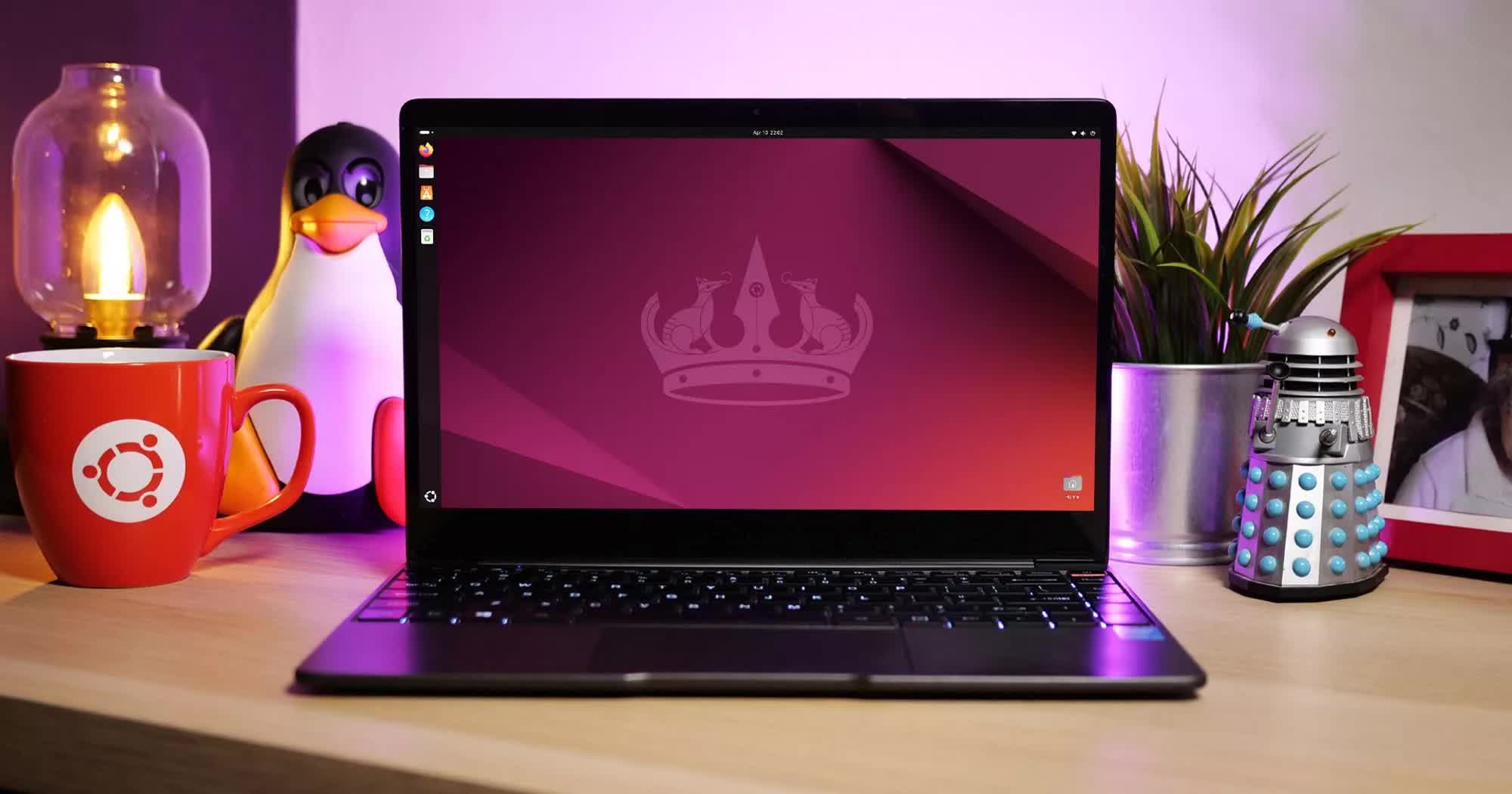Serving tech enthusiasts for over 25 years.
TechSpot means tech analysis and advice you can trust.
What just happened? Linux has long been the versatile open-source workhorse behind everything from web servers to Android phones. A significant milestone now enables the penguin mascot to showcase its capabilities in even more areas, especially where precise real-time performance is critical.
After two decades of dedicated development, the "PREEMPT_RT" patch set for real-time Linux has finally been integrated into the main kernel code, receiving approval from Linus Torvalds – the lead developer of the Linux kernel.
For those unfamiliar, a real-time operating system ensures that it will respond to inputs and execute specific tasks, regardless of other processes. This differs from conventional operating systems like Windows, which aim for a consistent user experience and handle tasks sequentially.
Momentary hiccups during context switches between tasks are usually inconsequential for activities like document editing or media playback, for which regular operating systems are designed. However, if that same brief delay occurs in a self-driving car's sensors or a medical device, real-time guarantees become critically important.

While RTOSes have existed for years, they have largely operated outside the Linux ecosystem. Specialized options like Nucleus RTOS, QNX, ThreadX, and VxWorks have managed mission-critical tasks that Linux couldn't handle, though they could still run alongside Linux in embedded systems where real-time capabilities were necessary.
However, it's important to note that such OSes were not entirely off-limits for Linux enthusiasts. For instance, the popular distribution Ubuntu released a real-time version last year, but it required an Ubuntu Pro subscription. This changes with the new patch, allowing all Linux maintainers to benefit from real-time capabilities within the Linux kernel.
As for why this undertaking took so long, Steven Rostedt, the founder of the PREEMPT_RT project, told ZDNet that the code has been rewritten from the ground up multiple times over the past two decades to prepare it for the kernel. Funding issues also hindered the project, but progress accelerated with support from the Linux Foundation starting in 2015.
For mainstream desktop Linux users, this breakthrough will likely have minimal direct impact – your app launchers and browser tabs probably won't feel any faster. However, for Linux's presence in fields like automotive, robotics, and industrial control systems, this could usher in a new stage of open-source growth.